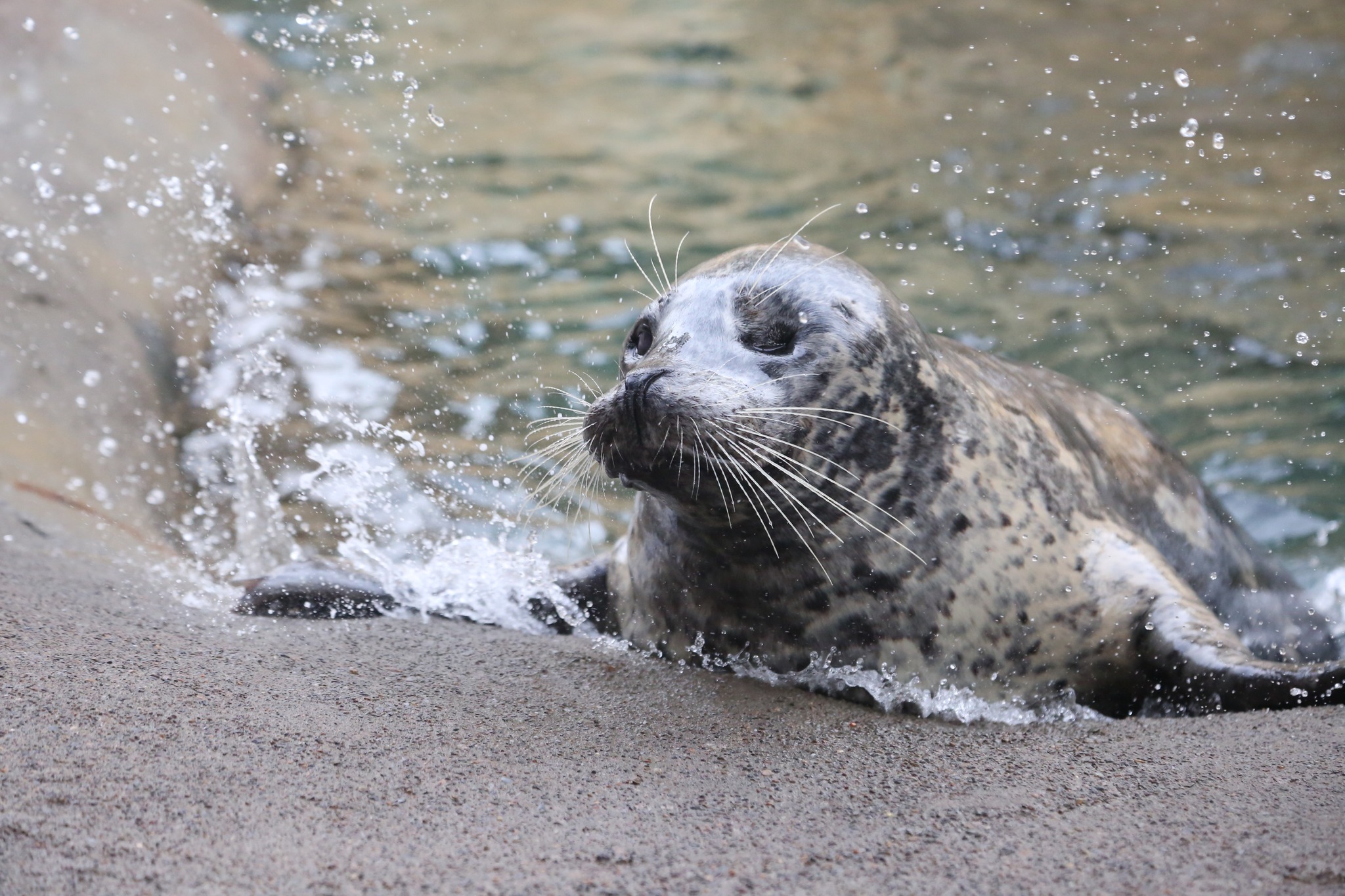- Characteristics and Identification of Harbor Seals: Focusing on Elvis.
- Medical Interventions and Their Impact on Wildlife.
- The Role of Sensory Adaptations in Marine Mammals.
- Importance of Zoo Management and Animal Care.
- Conservation Efforts and Public Education in Zoos.
Harbor seals are a fascinating subject within marine biology and wildlife conservation. They exhibit unique traits and adaptations that intrigue scientists and the general public alike. Among these captivating creatures is Elvis, a notable resident of a zoo known for his distinctive features and extraordinary resilience. Elvis the harbor seal stands out not just because of his impressive size but also due to the remarkable journey he’s undergone following a crucial surgical procedure that left him with just one eye. His story is emblematic of broader topics in zoology, medical care, sensory adaptation, and the ethical practices within zoo management.
Harbor seals such as Elvis are integral to ecosystem dynamics. Measuring between 4 to 6 feet in length and weighing up to 300 pounds, harbor seals are among the most recognized pinnipeds along coastal waters. Elvis, however, sets himself apart as the largest in his group, providing a vital opportunity to observe the animal’s life through unique challenges. The decision to surgically remove Elvis’s left eye due to cataracts highlighted a critical intervention, aimed to alleviate potential pain and prevent infection. This choice underscored the importance of medical evaluations and interventions that prioritize animal welfare within zoo environments.
The impact of medical interventions on wildlife, particularly surgical procedures, is profound in both challenge and necessity. Cataracts, a common issue affecting several species, can significantly impair vision and quality of life. Understanding the implications of such medical conditions and the ethics surrounding invasive procedures represents a crucial aspect of captive wildlife care. Successful outcomes rely heavily on expertise in veterinary medicine and a deep understanding of each species’ anatomy and behavior.
Moreover, sensory adaptations in marine mammals like harbor seals play a pivotal role in how these animals interact with their surroundings. Despite losing an eye, Elvis’s ability to thrive demonstrates the incredible capacity of marine mammals to adapt using other senses. Whiskers, or vibrissae, are highly sensitive tactile hairs that enable seals to detect changes in water currents and pressure, effectively replacing lost visual information with vibratory and tactile cues. This adaptation ensures that individuals like Elvis maintain a balanced interaction with their environment.
Elvis’s journey underlines the critical role of zoo management and animal care professionals. A zoo’s mammal care team is tasked with offering support and guidance to animals with special needs. Through the use of verbal commands and gentle physical cues, the staff assists in navigating daily activities, ensuring each animal’s well-being. Animal care protocols necessitate regular training, observation, and environmental enrichment, which are essential for maintaining the mental and physical health of inhabitants like Elvis.
A zoo’s role transcends beyond captive care to impact wildlife conservation and public education significantly. They serve as critical venues for raising awareness about species conservation, emphasizing the importance of preserving natural habitats and understanding human impacts on the environment. The public’s educational experience is further enriched by stories of individual animals like Elvis, serving as ambassadors who highlight conservation challenges and successes.
Collaborative conservation initiatives and partnerships with global organizations help bolster efforts to protect marine ecosystems. Ensuring the sustainability of species like harbor seals requires comprehensive approaches encompassing habitat protection, pollution reduction, and regulated fishing practices. Education and advocacy fostered by zoos contribute to these goals, inspiring communities to adopt more sustainable practices.
The narrative of Elvis extends beyond an individual tale of survival. It encapsulates broader themes that define zoo operations, wildlife care, and conservation. By understanding these principles, audiences can appreciate the intricate balance between the natural behaviors of marine mammals, human intervention, and the overarching need to safeguard biodiversity for future generations. Engaging with such content encourages a deeper respect for the vital work conducted within zoos and wildlife conservation efforts worldwide.
*****
Source Description
Elvis is easy to identify–not only is he the largest of our harbor seals, but he also only has one eye. His left eye was surgically removed a couple years ago due to cataracts that posed a risk of pain and infection. That said, he has no trouble finding his way. Our mammal care team gives Elvis verbal and tactile cues, and he can navigate with ease thanks to those sensitive whiskers!


